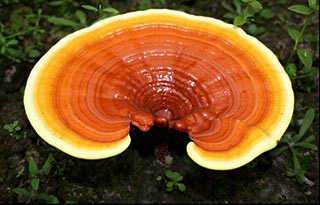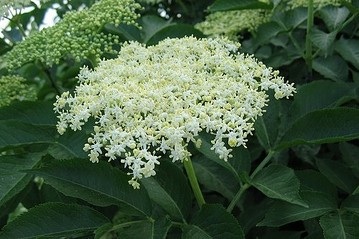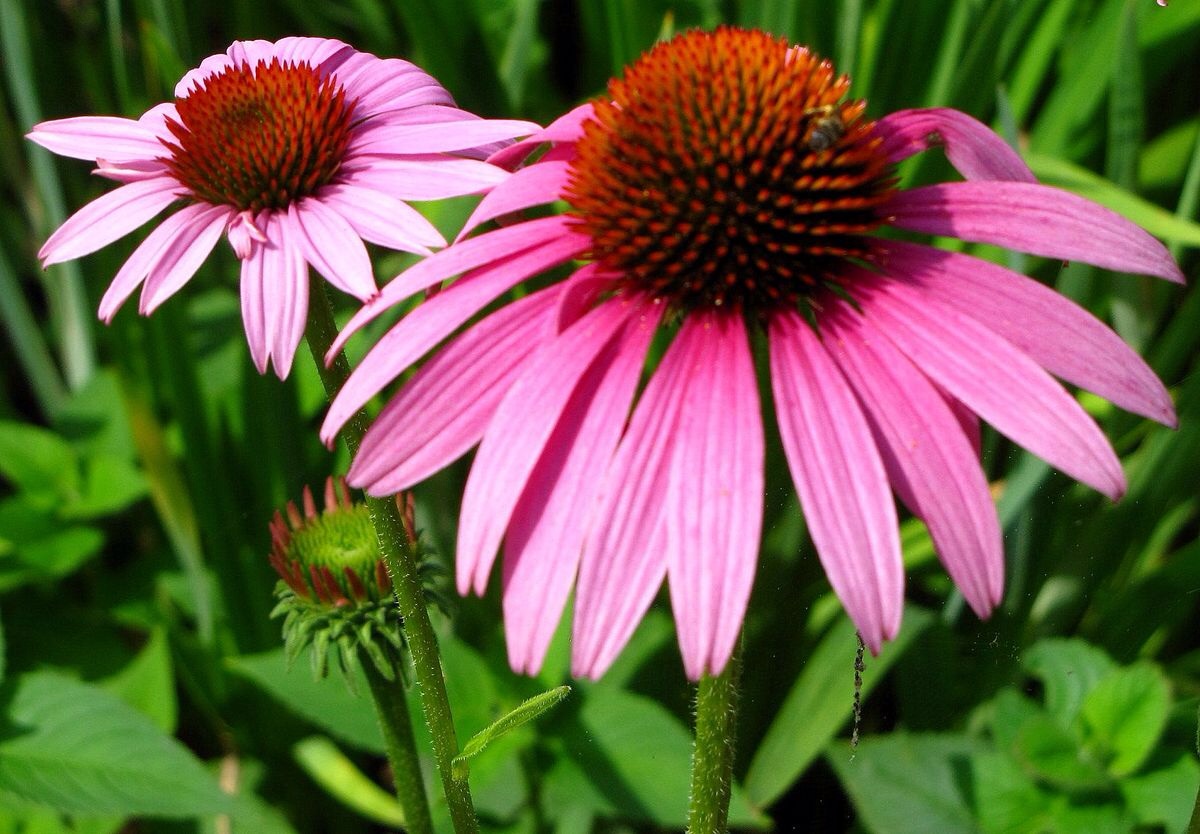We live in a culture where we are bombarded with challenging situations everyday. Violence, natural disasters, pollution, police brutality and the list goes on.... As a healer/curandera/sobada I feel it is my job to create a space where people can grieve, release suffering, and heal their hearts.
I just recently went to see Amma, the hugging saint (I talk about her in one of my earlier blog posts) and received a wonderful hug and blessing with my life long partner and soul mate. People come from all over the world just to get a hug and receive a blessing, sometimes in the form of a hershey's kiss. Why do they come and wait in line for hours? Because we all yearn for the MOTHERLY DIVINE LOVE, and we need to heal our hearts.
Many of us feel empty, hopeless, or depleted and we need LOVE!!
There is hope for all of us through community, connection, and deep & fulfilling relationships. It is our responsibility to keep our hearts open, and spread healing for our children and their children. Amma teaches us to receive but more importantly to give SEVA or selfless service to others in little ways everyday. Being thoughtful of people is spreading "Love in the Little things." as a daily practice. Have you given freely today without expecting anything in return?
I just completed a 9 month Herbal Foundations training with Ginger Webb, owner of Sacred Journey School of Herbalism. Through my training I worked with a number of herbs which are healing for the physical heart and the heart chakra. Some of my favorites are:
HAWTHORN
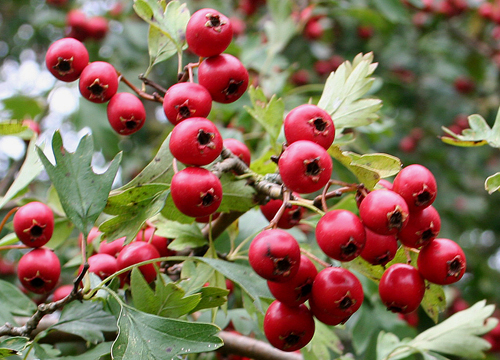 Crataegus oxycantha is the most well-known herb for the heart. This member of the rose family has white to brownish flowers, deeply lobed and rose-like leaves, brown woody stems, and yellowish-brown to wine-red fruit which is oval, wrinkled, and berry-like with large seeds. The legends surrounding Hawthorn trees go back centuries – originating in the Pacific Northwest, Europe, British Isles & Asia.
Crataegus oxycantha is the most well-known herb for the heart. This member of the rose family has white to brownish flowers, deeply lobed and rose-like leaves, brown woody stems, and yellowish-brown to wine-red fruit which is oval, wrinkled, and berry-like with large seeds. The legends surrounding Hawthorn trees go back centuries – originating in the Pacific Northwest, Europe, British Isles & Asia.
Native Americans utilized many parts of this plant. Its strong wood was fashioned into digging sticks and handles for tools. The razor-sharp thorns were used for piercing ears, and making fish hooks. The bark and shoots were burned and mixed with ashes and grease to concoct black face paint for ritual purposes.
Hawthorn is a very useful botanical for the heart; the berry, leaf, flower, and stem are used for medicine. All of these can be transformed into tinctures, teas, or capsules. Fresh berries can also be used in pies, jams and jellies and dried berries in sauces, wines, syrups, and infused vinegars. Many clinical studies have been conducted on Hawthorn over the past 20 years with great promise.
The Hawthorn tree is a symbol of love and the union of couples in marriage, and is one of the sacred trees. Legend says if one was to bathe in the dew of Hawthorn leaves and blossoms, one"s luck, heath, and beauty was said to increase exponentially for the following year.

Hawthorn berries may decrease high blood pressure and act as a direct and mild heart tonic. Hawthorn leaf and flower, like Hawthorn berries, are antispasmodic, cardiac, diuretic, sedative, tonic and vasodilator. Hawthorn leaf and flower can be used in a tea to reduce high blood pressure and support the heart. Leaf and flowers from the species of Hawthorn used in Traditional Chinese Medicine (Crataegus sinaica) support the immune system.
Hawthorn is a long-term remedy and should be taken for several months to several years for maximum benefit. It as a superfood to the cardiovascular system.
Taken in excess, Hawthorn berry teas can cause mild diarrhea. This does not occur when the berries are used to make tinctures or are encapsulated. Diarrhea is not a side effect of the leaf and flowers.
WILD ROSES

ROSA
Most people think of roses as lush and fragrant, with lots of petals. These are the ones that have been bred and domesticated from their stamens. Yes they are GMO!
The good news is we still have many varieties of organic wild roses. All true wild roses have beautiful pink, red white or yellow flowers with 5 petals, many stamens and orange to red pear shaped fruits . The crown of sepals that falls from the fruit is called the rose hip which is known to be high in vitamin C.
Wild Rose is medicine for the physiological heart and spiritual-emotional heart. Useful for trauma, sadness and grief, depression, anxiety, heartbreak. Heart-opening, and well known flower of love and devotion. Makes an excellent nervine- deeply calming and very fast-acting. Cardiovascular tonic, promoting proper vascular functioning, treating high blood pressure and poor circulation.
When and how to Harvest: Wild rose flowers are prized for their beauty, their scent and their medicine. The best time to harvest is when they are most eye catching – in spring to early summer when they have just opened and are very fragrant. You will see bees and other winged creatures lapping up their nectar and pollen. Whole flowers can be pinched off but I harvest mostly the petals so that the inner part can turn into fruit. Rose leaves and stems are also harvested for medicine and can be gathered in spring through early fall.
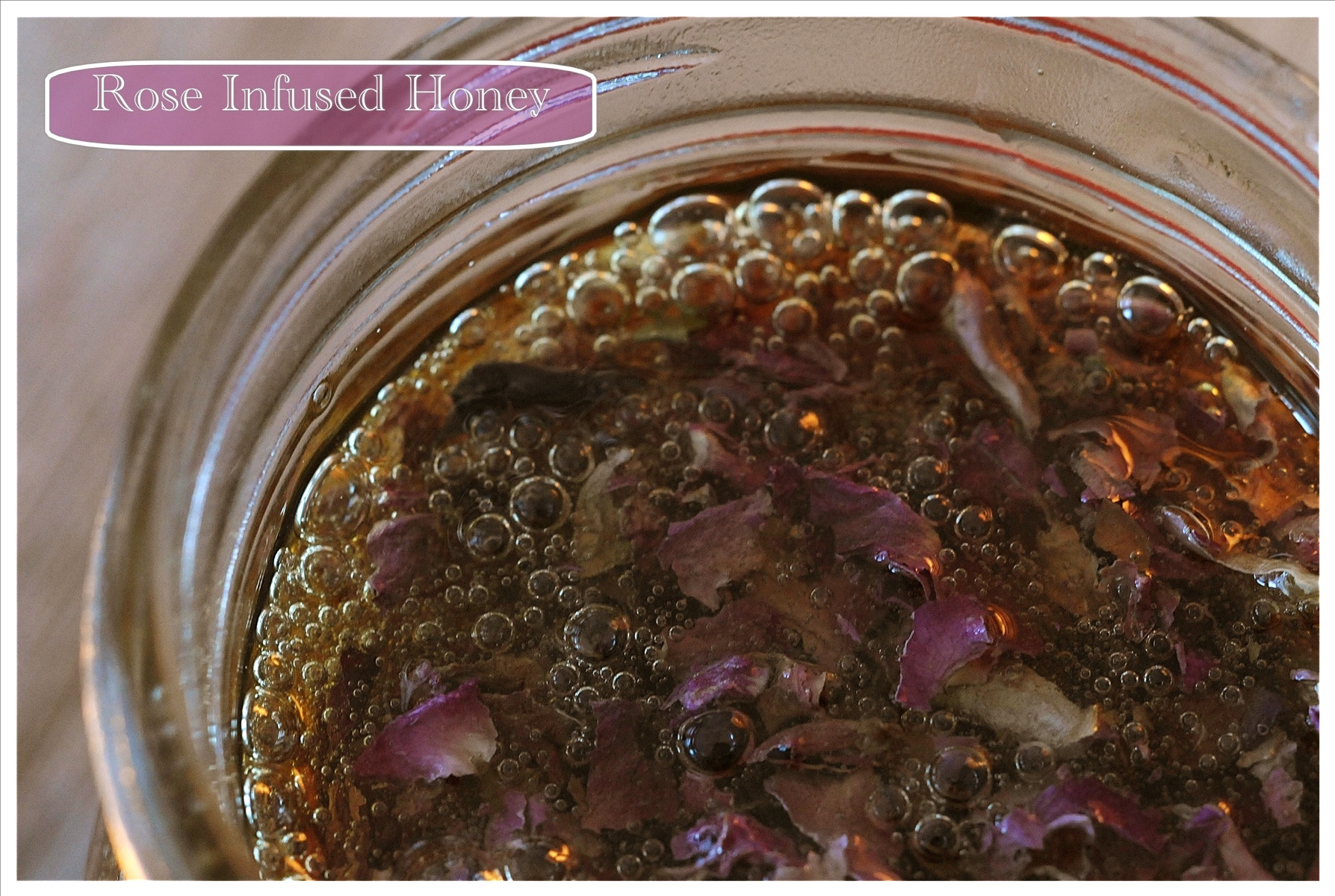
Wild Rose Elixir by Kiva Rose
1 pint jar
enough fresh wild rose petals to fill the jar
everclear or vodka/brandy to fill the jar 3/4 (I prefer a lower proof alcohol for this preparation, I might make a 50% solution with water and everclear)
glycerine or raw honey to fill the jar 1/4 (I generally prefer glycerine for first aid purposes since it is less sticky, which leads to higher compliance in patients, honey tastes better though).
Internally, I use small amounts of the elixir just as most would use Rescue Remedy, for any trauma, panic, fear or stressful situation for child, adult or animal. It’s calming, pleasant and blood moving, helping to move someone out of a paralyzing shock or stuck emotion. It acts as a mild nervine, calming without sedating. I have met people though, who find it quite perception altering. And of course Wild Rose excels at opening the heart and restoring emotional equilibrium. It’s also a well known aphrodisiac, but we’ll leave those properties for a future post. It’s also anti-spasmodic and can be used externally or internally for mild to moderate cramps.
For a more relaxing remedy with greater anti-infective properties, make with half Wild Rose petals and half Wild Rose hips (with seeds intact). This preparation is an especially good heart tonic (like its close relative, Hawthorn) and arthritis remedy when used in the long term. The hips are also effectively anti-viral (like their OTHER close relative Raspberry).
Luna Wood , herbalist & massage therapist, makes many of these fresh herbal tinctures available for purchase at her studio at South Congress Massage.
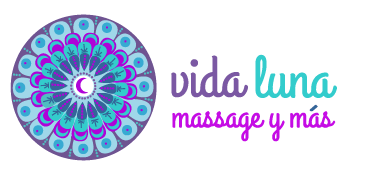










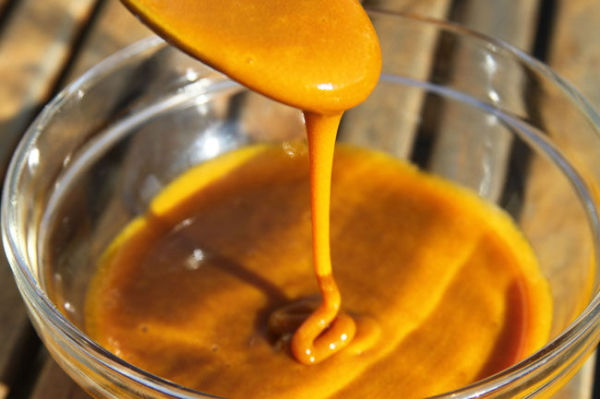


 Crataegus oxycantha is the most well-known herb for the heart. This member of the rose family has white to brownish flowers, deeply lobed and rose-like leaves, brown woody stems, and yellowish-brown to wine-red fruit which is oval, wrinkled, and berry-like with large seeds. The legends surrounding Hawthorn trees go back centuries – originating in the Pacific Northwest, Europe, British Isles & Asia.
Crataegus oxycantha is the most well-known herb for the heart. This member of the rose family has white to brownish flowers, deeply lobed and rose-like leaves, brown woody stems, and yellowish-brown to wine-red fruit which is oval, wrinkled, and berry-like with large seeds. The legends surrounding Hawthorn trees go back centuries – originating in the Pacific Northwest, Europe, British Isles & Asia.












